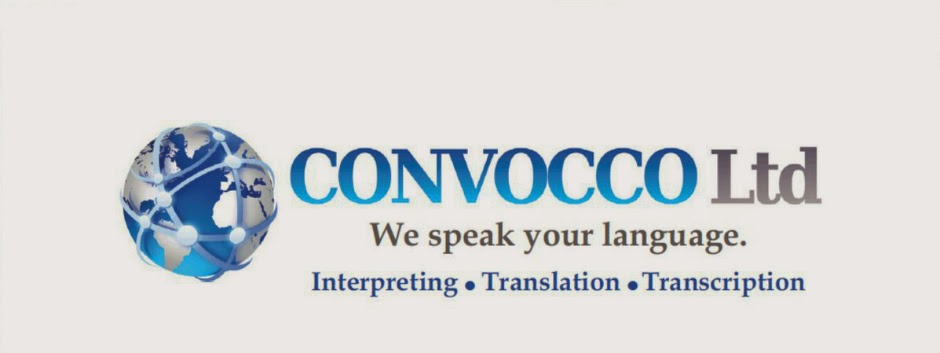As the Nelson Mandela memorial has recently showcased, it’s
imperative for individuals and organisations to utilise professional and
competent interpreters before major events, for obvious reasons. To
bungle up on such an important and globally publicized event like
Mandela’ funeral is no laughing joke. Solemnity and soberness was the
order of the day an required from all the stately participants and
organisers of the late South Africa activist and leader’s funeral. See here
 What
obviously stood out from an otherwise well-orchestrated procession was
the not-so-choice appointment of the event’s sign language interpreter.
Thamsanqa Jantjie shot to worldwide fame (in the wrong light) by giving
off fake sign language gestures during
Mandela’s memorial. After the incident, the 34-year old actually
claimed to have had a schizophrenic episode while gesturing mentioning
how he “saw angels descending” on the Johannesburg Stadium during his
performance.
What
obviously stood out from an otherwise well-orchestrated procession was
the not-so-choice appointment of the event’s sign language interpreter.
Thamsanqa Jantjie shot to worldwide fame (in the wrong light) by giving
off fake sign language gestures during
Mandela’s memorial. After the incident, the 34-year old actually
claimed to have had a schizophrenic episode while gesturing mentioning
how he “saw angels descending” on the Johannesburg Stadium during his
performance.
A few days after the global mockery, Jantijie was
admitted to a Johannesburg psychiatric hospital by his own wife Siziwe.
What’s important to understand here is that it wasn’t Jantijie’s mental
state during the event that was the main issue. Rather, the more glaring
problem was the way the event organizers and government haphazardly
went about their recruitment. Had they done their due diligence, then
they would have found out that Jantijie actually had a history of mental
problems and violent bouts in the past and was previously admitted to a
mental institution for well over a year. Moreover, Jantijie has been
implicated of past false impersonation and a string of serious crimes in
the past, something a simple criminal record check would have
highlighted.
Ironically enough, on the day of the his scheduled
four-hour sign language performance, Jantijie was due to have a medical
check-up. After getting the sudden request to interpret at Mandela’s
memorial, his wife cancelled the appointment and notified the hospital
to reschedule on another day. Clearly events like this do not leave a
good impression on others. Especially considering how Mandela’s funeral
was globally televised and had an impressive guest list of over 100
current and former heads of state and government. In fact, Jantijie’s
bizarre act was performed only feet away from the American President
Barack Obama and other esteemed guests.
The lesson of this story is to always do your homework before appointing interpreting and translations services.
Clearly, the South African government got it wrong on this case and in
consequence, has had to publicly admit their mistake and apologize to
deaf people for any offence that Jantijie may have caused on its behalf.
Apart from his troubled psychological state and lacking of the required
competency, Jantijie was also a security risk in the presence of major
world leaders and power brokers.
To avoid similar embarrassments
(of course on a smaller scale), you need to make the right decisions and
carefully do your due diligence. You should always seek out
professional and reliable interpreting and translation services that
have a solid track record and a dependable roster of translation staffs
on standby.
Ideally, you should only look for those firms that are
professionally certified, have quality accreditations, provide a wide
range of interpreting and translation services (including sign language)
and has a large number of translators and interpreters ready to serve.
Look for companies like the UK’s Convocco Ltd
to seek out the right interpreter for your needs. Companies like
Convocco will guarantee the right appointment (they have a network of
over 6000 sector-specific interpreters and translators fluent in over
250 languages – including British sign language) and take care of all
the background checks and due diligence themselves to help build trust
and maximize your business relationships.
www.convocco.com



